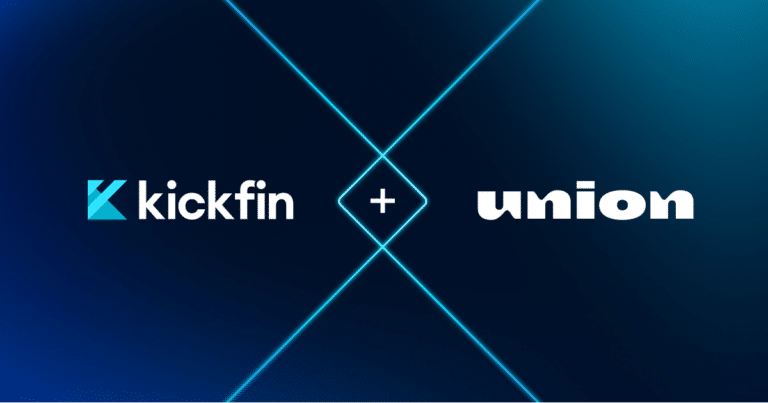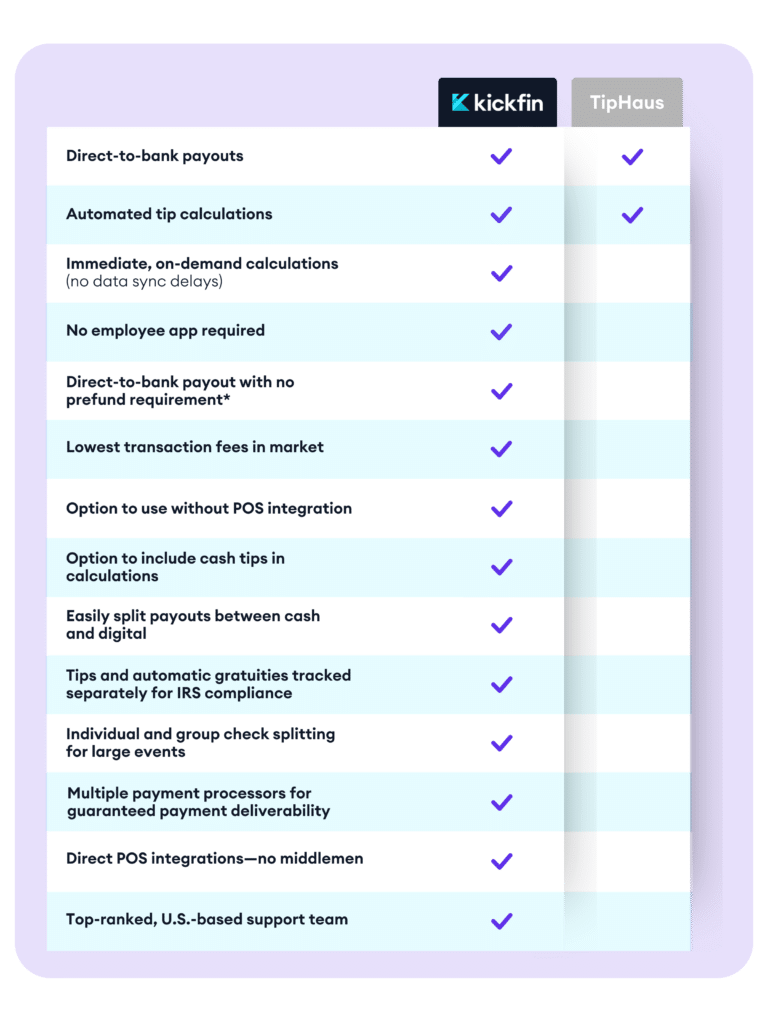How can a young, growing restaurant brand succeed in today’s climate? Ask Sam Oches.
As editor of Nation’s Restaurant News and host of The Takeaway podcast, Sam Oches has a lot of insight into the competitive restaurant industry. His experience with owners and industry leaders makes him a goldmine of information for emerging restaurant brands.
We sat down with Sam to talk about how the pandemic affected emerging chains, what a recession could mean for these restaurants, and how to succeed no matter the climate. According to Sam, it’s all about authenticity, patience, creative problem solving, and building a strong community to lean on. Read on for the full interview!
What are the biggest concerns and challenges that emerging restaurants face today?
Like most every other restaurant, it’s definitely challenging to find labor and employees to staff their restaurants. And of course, emerging brands also are dealing with supply chain issues.
When your goal is to expand, you need real estate. The restaurant industry is so competitive and on top of that, the real estate market is insane. Major chains are much better prepared with massive systems and teams to navigate around these challenges, like helping them sign leases or finding potential employees.
When you’re up against those chains as an emerging brand, it’s harder to rise above all of that noise. It’s harder to get that lease, hire that person, find that supply if everybody else is doing it, and there are bigger chains that you’re competing with to do so.
How are emerging chains tackling these challenges?
Emerging brands tend to be led by entrepreneurs, so if you have a small-scale restaurant company that has multiple locations and a desire to grow, typically the more ambitious and entrepreneurial founders are still in charge. Because of that, a lot of these emerging chains have the ability to get very creative around problem solving.
Forced creativity has been a theme ever since the start of the pandemic, and I certainly hear it these days, too. When you have limited resources at your disposal and you’re forced into making certain decisions, you’re forced into thinking more creatively to get around these challenges. Larger brands can just say “Here’s some money to throw at this and fix it,” and that leads to less diversity of thought and creativity.
Emerging brands are also unique in that they usually still have attachment to their original ethos and image—which can come across as much more authentic than a lot of these major chains. This is often an advantage, particularly in recruiting people or even getting the attention of a landlord, that these emerging restaurant chains are able to act creatively and purposefully to create an image and mission that might appeal to somebody a little bit more subjectively than a major chain.
What are some of the big tech trends that you’re seeing?
Tech reaches all corners of our industry, especially in the past few years. We now expect to see digital ordering and kiosk ordering, but restaurants are exploring automation, like developing AI to automate the ordering experience or in the kitchen.
For an emerging restaurant chain, of course, it’s much harder to be able to afford a lot of these tech gadgets. Some tech used to be very specifically targeted to the major chains because they’re the only ones that are going to be able to afford it.
The pandemic was sort of this great democratization of technology where more tech vendors opened up their services and tools for emerging restaurant chains because suddenly everybody needed technology to survive. It was kind of a nice moment when tech companies really stepped up to the table.
What are some common mistakes that emerging brands should avoid?
I think a big mistake would be to get stars in your eyes. It’s easy to say, “I want to have 500 locations in five years,” and get intoxicated by the idea of getting big. I can’t tell you how many restaurant companies aren’t around anymore because they got too distracted by that big number.
That’s not to say 500 locations in five years is impossible, but growth is something that has to happen more organically. It’s exciting when people want to write you a check, own part of your company, invest in your company again, or maybe franchise, but not all of those things will be good for your company. You have to be more discerning—especially early on.
Another one is growing into another market too early. I’ve known people who open in one city originally, and then another city far away has an opportunity for them and they just take it. If you haven’t scaled your team yet, you’re living in an airplane, having to manage those two markets.
From what I’ve seen over the years that I’ve covered this industry, you’ve got to scale at a more intentional pace, and that includes scaling your team and scaling your systems, so by the time you are ready to jump into another market, you can then appropriately scale into that with people in place to be able to handle that for you.
How has the pandemic affected these emerging brands?
In the early days of the pandemic, we thought that all the emerging chains were going to close because they didn’t have the resources. But that wasn’t true, partly because everybody kind of supported them and gave them the solutions to get through the crisis. Also, again, the technology that allowed them to facilitate an off-premises experience really bolstered a lot of restaurants.
The pandemic certainly strengthened the resolve of emerging restaurant chains. With such a strong economy before the pandemic, the industry was robust and full of opportunity, so the pandemic was their first really big challenge to test their concept. If they got to the other side of the pandemic, which most of them did, they came out stronger than before because of their own personal resiliency. They were able to prove that they work even in crisis.
Also, the pandemic completely changed the consumer mindset. We were already heading in that direction of digital experiences, and it made that change happen rapidly—which is a very good thing for restaurant brands. For one, digital ordering allows them to collect a treasure trove of data. It also allows them to create a faster experience, build out loyalty programs, and better communicate with their customers. Emerging restaurant concepts tend to be more tech-forward anyway, because if you’re starting a restaurant company today and you’re not using tech, what are you doing?
The pandemic, in many strange ways, has been good for emerging restaurant chains because it expedited the American consumer’s digital restaurant experience and expectations in ways that these emerging chains can very perfectly meet. Of course, the challenges were the same ones that everybody else went through, but I think the resolve they’ve developed will benefit them long term.
What’s next for brands that survived the pandemic?
We do have to caution because we’re going into a recession. The last recession was actually very good for QSR and fast casual because of the trade-down from casual dining. When more Americans seek a value option, they’re going to seek a value option from a lot of the emerging restaurant chains in the fast casual category. Also, a recession could really lighten up the labor woes that are going on right now, and they won’t have such a hard time recruiting and building their workforce. For now, we just have to wait and see what the recession does for this category.
Still, if I look into the future, I would say an emerging restaurant chain with an exciting product, a great brand, and well-established systems and teams can really shoot for the moon. I mean like go national, and strategically scale your concept to every corner in every community if you do it the right way.
However, there will be losers, too. It’s sort of survival of the fittest, and big chains are growing too. This just goes to show the importance of having to really double down on your systems, your operations, your teams, your brand, and your product, to make sure they can rise above the rest.
Do you have any advice for today’s emerging brands?
It’s a very hard job to run a restaurant, and I say that as somebody who’s never run a restaurant. I would say first, check yourself. Make sure you’re ready for this journey. Be prepared to spend a lot of your life just really scraping by and hustling, grinding, doing what it takes. Everybody thinks how fun it would be to own a restaurant—but it’s not for the faint of heart.
I would also suggest getting to know others in the community. Having the support of your peers and your community will make it a lot easier. At Nation’s Restaurant News, we’re doing a lot around community building and bringing together these communities of emerging restaurant brands because not everyone understands the value of getting to know the people next door and around the corner and then working together to support their brands.
Yes, they might be your competitor, but more than anything else, they’re your peer. And so that’s my suggestion: find those resources available to you that will help you run your business better. It can be media (Hello, Nation’s Restaurant News—come subscribe!). But it also can be the person across the street or in your neighborhood or your community.






